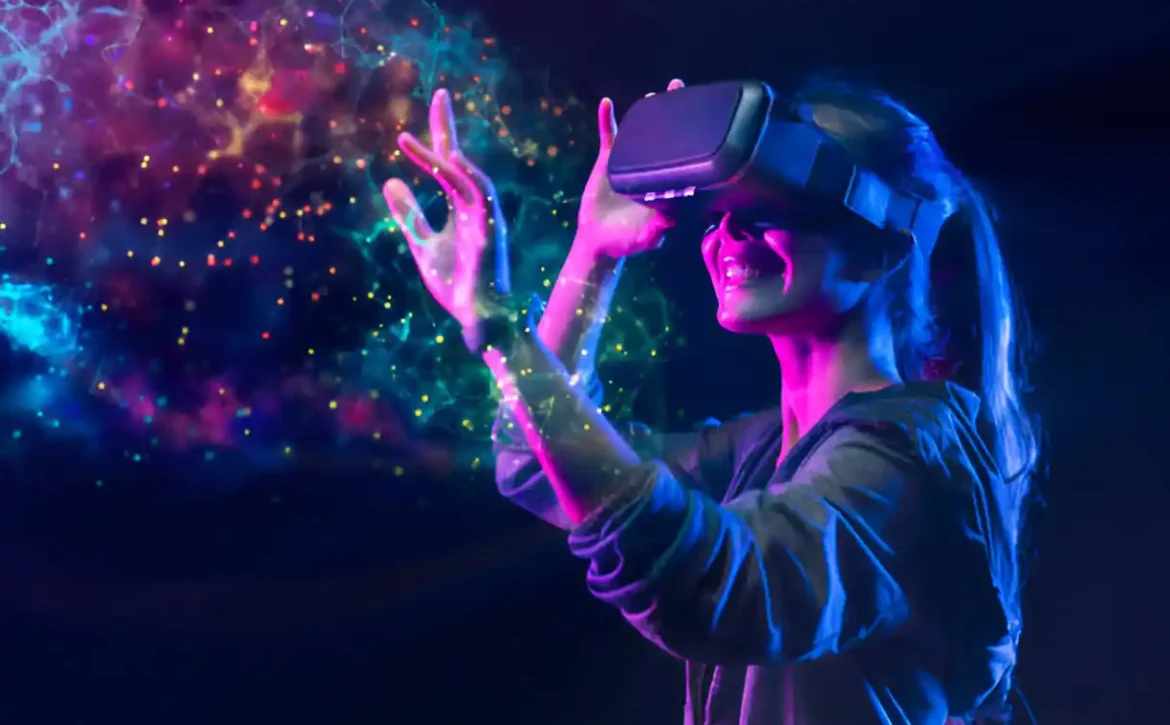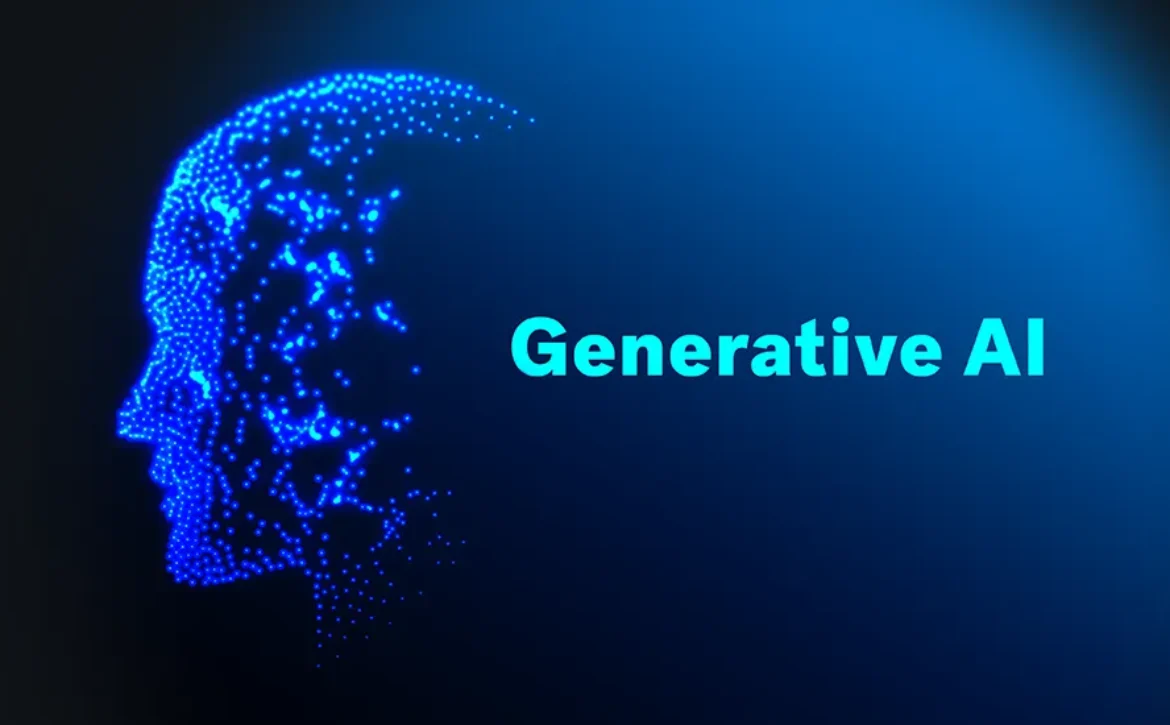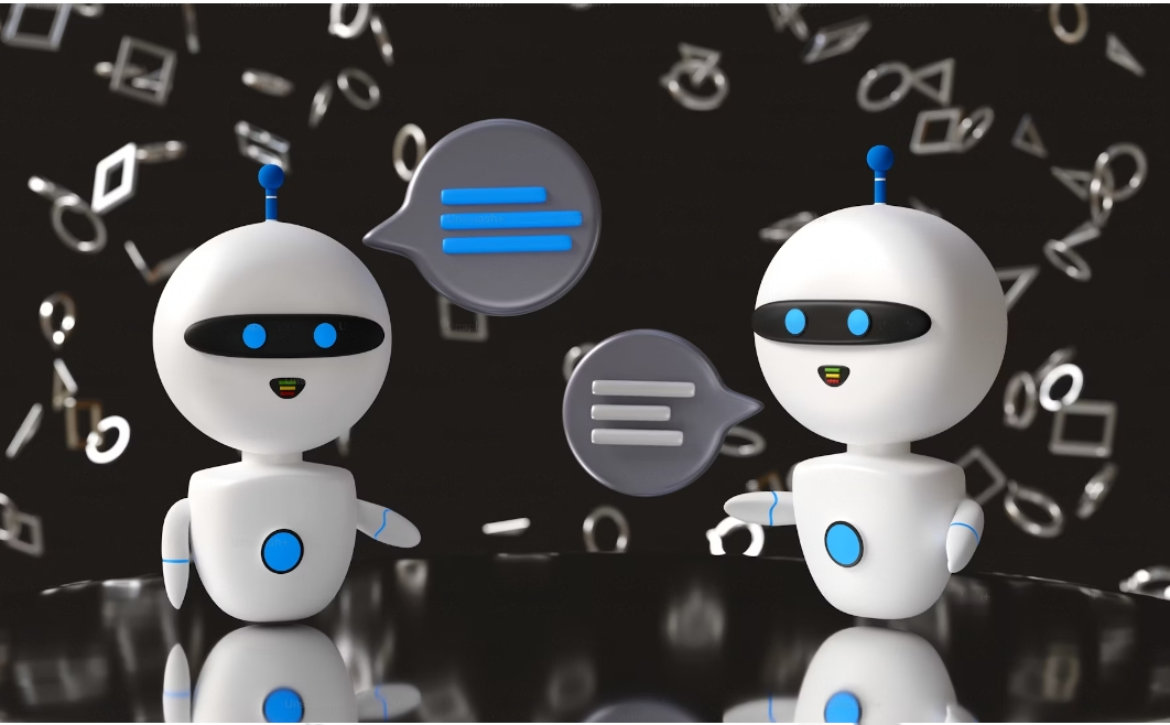Sustainability & Eco-Conscious Brands: Leading the Green Revolution
The world is changing—and so are the expectations people have from the brands they trust.
Gone are the days when branding was solely about clever taglines or glossy packaging. Today’s most admired brands are not only solving consumer problems—they’re solving planetary ones.
In an age of climate change, pollution, and resource depletion, the spotlight is now on sustainability. Businesses that once measured success only in profit are now being asked: What’s your impact on the planet?
This is the rise of the eco-conscious brand—purpose-driven, transparent, and committed to a greener future.
What Makes a Brand Eco-Conscious?
Being eco-conscious goes far beyond slapping a “recyclable” label on a product.
It means making conscious decisions at every level of business:
- Sourcing responsibly: Using organic, local, or recycled materials.
- Minimizing waste: Designing with reusability or compostability in mind.
- Reducing emissions: Investing in clean energy and carbon offset programs.
- Respecting workers: Ensuring fair wages, ethical practices, and safe conditions.
- Educating customers: Empowering conscious consumer choices.
An eco-conscious brand is not just about selling things—it’s about creating a sustainable lifestyle.
Why Sustainability Is No Longer Optional
Sustainability used to be a “nice to have”—now it’s a must. Brands ignoring this shift are not just outdated; they’re risking their relevance.
The Numbers Speak Loudly:
- 81% of global consumers feel strongly that companies should help improve the environment (Nielsen).
- Gen Z and Millennials, who now dominate consumer markets, are actively supporting sustainable brands—even if it costs more.
- More than 60 countries are passing laws to ban single-use plastics, enforce carbon disclosure, and promote green innovation.
In other words, conscious consumption is not a trend—it’s a tidal wave.
Real Brands, Real Impact
Let’s look at how some leading companies are redefining what it means to be eco-conscious:
Patagonia
The outdoor apparel brand that doesn’t just sell jackets—it repairs them. With its “Worn Wear” program and 1% for the Planet pledge, Patagonia proves that business can be an activist tool for environmental protection.
Allbirds
Known for its wool sneakers, Allbirds goes further by publishing the carbon footprint of every product. The brand is transparent, detailed, and continually pushing for zero emissions.
Lush Cosmetics
Lush champions naked packaging, cruelty-free testing, and ethically sourced ingredients. Even their stores smell like sustainability.
IKEA
By committing to be “climate positive” by 2030, IKEA is redesigning how millions of people furnish their lives—using solar power, renewable wood, and circular product lines.
These companies aren’t just reacting to demand—they’re shaping it.
What Are Consumers Looking For?
Today’s conscious consumer doesn’t just ask “What does this do?” but also:
- “Where did it come from?”
- “Who made it, and how were they treated?”
- “What happens to it after I’m done?”
They seek authenticity, accountability, and alignment with their personal values.
Even small details matter:
- Compostable packaging over plastic wrap
- Digital receipts instead of printed ones
- Plant-based inks instead of chemical dyes
The brands that succeed are those that invite consumers to join a movement, not just a marketplace.
Sustainability Is a Journey, Not a Destination
Let’s be honest: no brand is perfect. But progress beats perfection.
What matters most is:
- Clear goals (e.g., zero waste by 2030)
- Annual reports and updates
- Willingness to adapt and innovate
Brands that are honest about their sustainability journey—and involve their customers in it—build a community of believers, not just buyers.
The Greenwashing Warning
One of the greatest dangers in this movement is greenwashing—making false or exaggerated claims about sustainability to appear eco-friendly.
Consumers are smart. They’re reading labels, checking certifications (like FSC, Fair Trade, GOTS), and calling out inconsistencies. Greenwashing doesn’t just backfire—it breaks trust.
So, transparency isn’t just good ethics. It’s good business.
Looking Ahead: The Future Is Regenerative
The next evolution beyond sustainability is regeneration—not just doing less harm, but doing more good.
Imagine:
- Buildings that generate energy
- Farms that restore soil and biodiversity
- Products that leave no trace, or even nourish the environment
And it all starts with brands making bold, conscious choices today.
Final Thoughts: The Conscious Brand Is the Future
In a time when our planet is running out of resources, the most valuable brands will be the ones that help us protect what’s left.
To be sustainable is not just to reduce waste—it’s to redefine worth. It’s to say: we care, we act, and we build with future generations in mind.
So, whether you’re an entrepreneur, marketer, or conscious consumer—remember:
🌿 The future belongs to brands that give more than they take.








